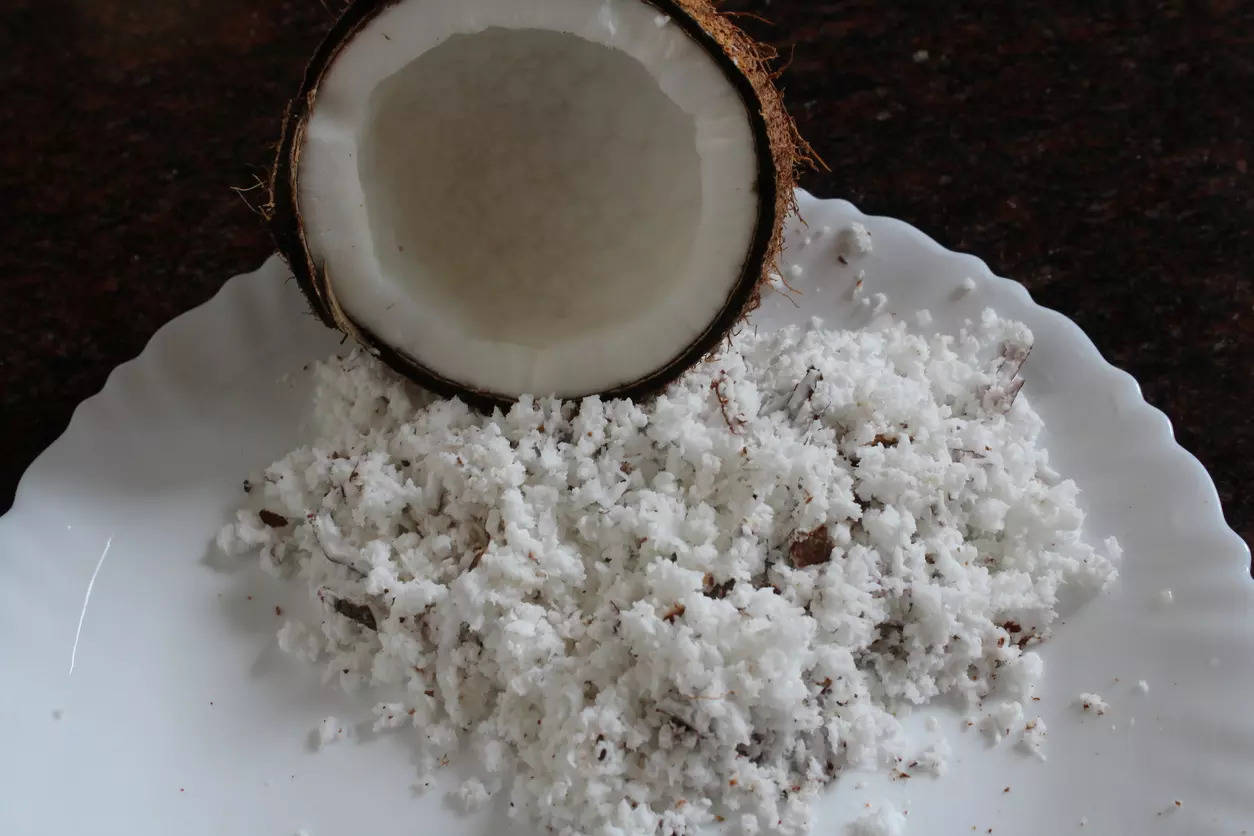Kerala cuisine is known for its many distinctive flavours, but one of its highlights is CoconutMore than a fruit, a seed or a simple flavour, coconut is a representation of the South and in Kerala it is an integral part of almost all dishes and especially in the great Onam Sadya. OnamThe harvest festival in honour of the return of Lord Mahabali is an annual festival celebrated with fervour in Kerala and by Malays around the world.
On Onam Sadya, coconut is revered not only for its versatility but also for its cultural significance. Sadya, a multi-course vegetarian feast, is typically served on a banana leaf and features a wide variety of dishes that highlight the essence of Kerala’s rich agricultural produce. Coconut, in its many forms, lends depth, flavour and texture to every preparation.
Whether it is freshly grated coconut to prepare Thoran (a dry vegetable dish), coconut milk to give Olan a special touch or coconut oil to give Avial its distinctive aroma, the presence of coconut elevates Onam Sadya into an extraordinary culinary experience. Even the simplest of dishes, like the sweet Payasam, often include coconut milk or coconut chips for an added indulgence.
Coconut plays a vital role in the traditional Onam Sadya, a grand vegetarian feast celebrated in Kerala. Here are eight ways in which coconut is used in Onam Sadya:
Coconut milk
Coconut milk is a key ingredient in many Onam Sadya dishes, such as Ada Pradhaman, a sweet dessert made from rice flakes, jaggery and coconut milk. The rich, creamy texture of coconut milk enhances the flavour and adds depth to the dish, making it a perfect end to the meal.
Shredded coconut
Fresh grated coconut is commonly used in Avial and Thoran. In Avial, a mixed vegetable dish, grated coconut is combined with yogurt and spices, while in Thoran, it is sautéed with vegetables and spices, giving it a delicious crunch and flavour.
Coconut paste
Ground coconut is the base of many vegetable-based dishes such as avial, parippu, erissery and sambar. It helps thicken the gravy, giving it a hearty consistency, unlike the thinner textures of rasam, buttermilk and curd-based curries. Apart from its role in enhancing the richness of these dishes, ground coconut also makes each bite satisfying, yet smooth on the palate and easy to digest.
Coconut oil
Coconut oil is the preferred cooking oil for all sadya. It is used to temper spices in dishes like parippu curry and sambar, imparting a distinctive aroma and flavour characteristic of Kerala cuisine.
Toasted coconut
In some dishes, coconut is roasted before grinding to enhance its flavour. This method is particularly popular in Theeyal, a dish that has roasted coconut as its main ingredient, contributing to its unique flavour profile.

Coconut water
Coconut water is a refreshing and hydrating element of the Onam Sadya. Often served as a refreshing drink before or after a meal, it helps cleanse the palate and aids digestion. Rich in electrolytes, coconut water not only quenches thirst but also provides a natural sweetness that complements the rich and spicy dishes of the Sadya. It can also be used to make desserts like the creamy elaneer payasam.
Coconut in pickles
Coconut is not only used in fresh dishes, but is also a part of preserved pickles. For example, coconut is also used to make Inji Puli, a spicy ginger and tamarind pickle that often includes grated coconut. This condiment adds a tangy and spicy touch to the food, balancing the flavours of the other dishes.
Coconut shell
Although not an ingredient, coconut shell plays an important role in the preparation of sadya. In traditional cooking, coconut shells are often used as fuel for the home. The shells burn slowly and provide an even, steady flame, which is critical for preparing the various sadya dishes. This eco-friendly practice of using coconut shells for cooking reflects Kerala’s sustainable approach of utilizing every part of the coconut. It also imparts a subtle, smoky flavor to the food, enhancing the overall sadya experience.
Disclaimer:
The information contained in this post is for general information purposes only. We make no representations or warranties of any kind, express or implied, about the completeness, accuracy, reliability, suitability or availability with respect to the website or the information, products, services, or related graphics contained on the post for any purpose.
We respect the intellectual property rights of content creators. If you are the owner of any material featured on our website and have concerns about its use, please contact us. We are committed to addressing any copyright issues promptly and will remove any material within 2 days of receiving a request from the rightful owner.

